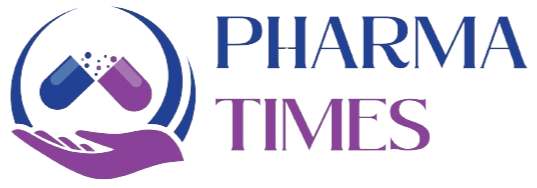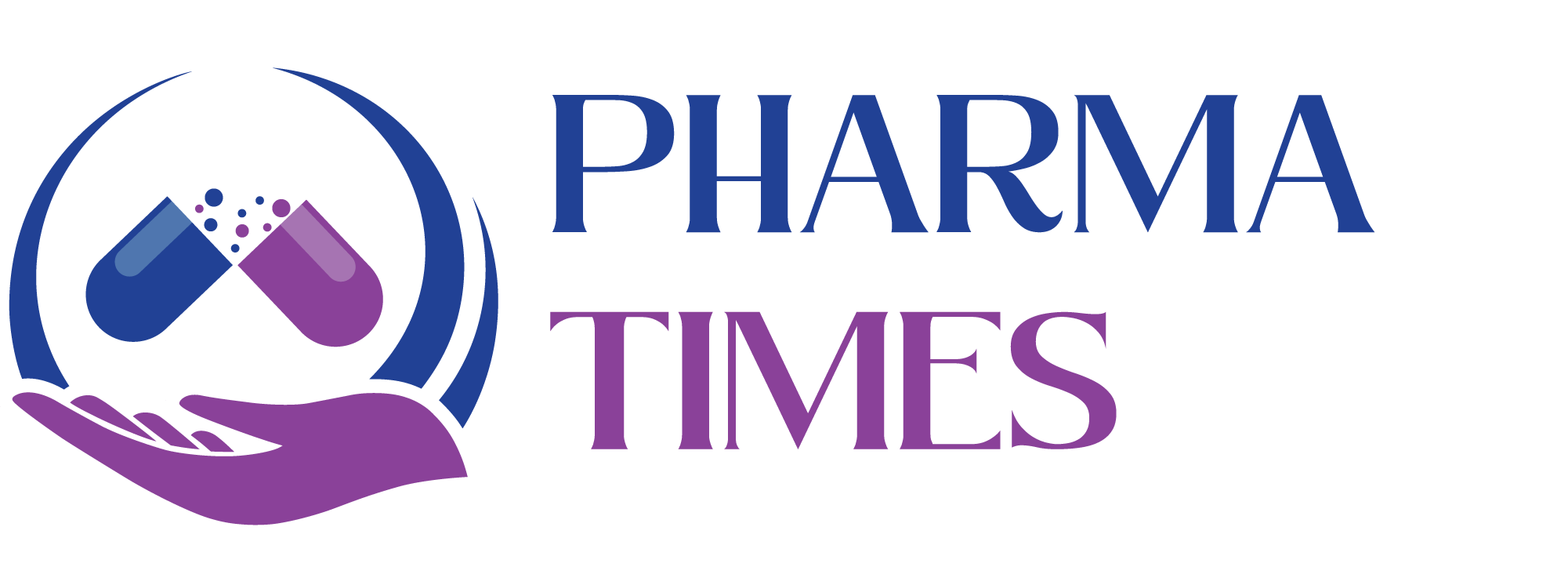Essential GMP Audit Criteria for Ointment Manufacturing Units

Here’s a detailed checklist for auditing an ointment manufacturing facility, aligned with Good Manufacturing Practices (GMP), regulatory expectations (such as USFDA, WHO, EU-GMP), and quality standards. The checklist is categorized for clarity:
1. General Facility Requirements
-
Location & Premises:
-
Facility is located in a clean, dust-free area.
-
Building structure prevents contamination (walls, floors, ceilings are smooth, cleanable, and crack-free).
-
Logical material and personnel flow to avoid cross-contamination.
-
-
Environmental Controls:
-
Temperature and humidity are monitored and controlled.
-
HVAC systems validated and maintained.
-
Proper air pressure differentials (positive/negative) are maintained in critical areas.
-
2. Equipment and Utilities
-
Manufacturing Equipment:
-
Equipment like ointment mixers, homogenizers, filling lines, and packaging units are qualified (IQ, OQ, PQ).
-
Cleaning procedures validated and documented (CIP/SIP if applicable).
-
Preventive maintenance records available.
-
-
Utilities:
-
Purified water system validated and compliant with pharmacopeial standards.
-
Compressed air and steam quality monitored.
-
Calibration of instruments (e.g., temperature gauges, pressure indicators) is up to date.
-
3. Personnel and Hygiene
-
Training & Competence:
-
Staff trained on SOPs, hygiene, and GMP.
-
Training records maintained and reviewed.
-
-
Gowning & Hygiene Practices:
-
Proper gowning procedures for controlled areas.
-
Handwashing, sanitization, and movement restrictions observed.
-
4. Raw Materials and Components
-
Receipt and Storage:
-
Raw materials and packaging components inspected upon receipt.
-
Quarantine and approved/rejected areas clearly labeled.
-
-
Sampling and Testing:
-
Sampling done in designated controlled areas.
-
All materials tested and released by QC before use.
-
5. Manufacturing Process
-
Batch Manufacturing Records (BMR):
-
Each step documented (weighing, mixing, filling, sealing).
-
Deviation handling and reconciliation of yields done.
-
-
In-Process Controls:
-
Mixing time, temperature, viscosity, pH, and homogenization parameters checked.
-
Sample retention and trend analysis.
-
6. Packaging and Labeling
-
Primary and Secondary Packaging:
-
Tube filling, sealing, and labeling operations verified.
-
Line clearance before and after every batch.
-
-
Label Controls:
-
Correct label version used.
-
Reconciliation of printed components.
-
7. Quality Control (QC)
-
Testing Protocols:
-
Finished product tested for assay, pH, microbial limits, viscosity, spreadability, etc.
-
Stability studies conducted and documented.
-
-
Documentation:
-
COAs issued and cross-checked.
-
Lab instruments calibrated and maintained.
-
8. Documentation and Records
-
SOPs:
-
Approved, controlled versions available at point-of-use.
-
Reviewed periodically.
-
-
Records Management:
-
Manufacturing, QC, equipment logs properly maintained.
-
Document retention policy in place.
-
9. Validation and Qualification
-
Process Validation:
-
Validation of mixing, filling, cleaning, etc.
-
Three consecutive batches for process validation.
-
-
Cleaning Validation:
-
Procedures for product-to-product cleaning verified.
-
Swab and rinse tests performed.
-
10. Warehousing and Distribution
-
Storage Conditions:
-
Ointments stored under specified temperature/humidity.
-
FIFO/FEFO practices followed.
-
-
Dispatch:
-
Distribution records traceable to batch numbers.
-
Transport conditions validated.
-
11. Self-Inspection and CAPA
-
Internal Audits:
-
Scheduled and surprise audits conducted.
-
Findings documented and tracked.
-
-
Corrective and Preventive Actions (CAPA):
-
Root cause analysis done for non-conformities.
-
Effectiveness of CAPAs evaluated.
-
12. Regulatory Compliance
-
GMP Certification:
-
Facility complies with applicable GMP guidelines (e.g., USFDA, WHO, EU-GMP).
-
-
Product Registration & License:
-
All marketed products are registered and licensed appropriately.
-
This comprehensive checklist helps ensure ointment manufacturing facilities maintain consistent product quality and safety while being audit-ready.
🎓 Discover one of the best Pharmaceutical Production courses available — click below to explore the course that’s shaping future Production skills.

